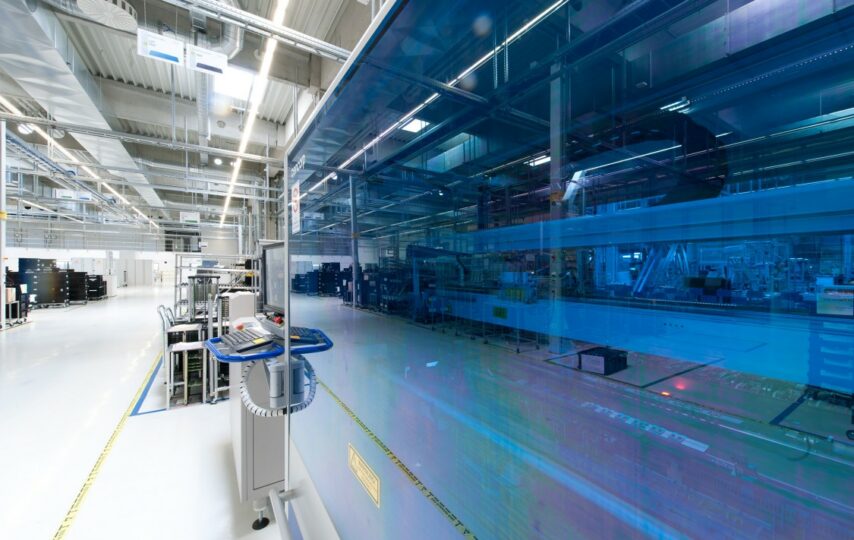The industrial real estate market of Southeast Queensland has undergone profound transformation over recent years, reshaping distribution network economics for businesses across multiple sectors. Recent JLL market analysis indicates Brisbane’s industrial vacancy rates have compressed to 1.8%, significantly below the five-year trailing average of 3.7%, creating an environment where strategic facility selection has become increasingly consequential. Organizations that explore warehouse for rent options in Brisbane position themselves to capitalize on several distinct operational advantages unavailable in other Australian metropolitan areas. The convergence of infrastructure development, geographic positioning, and favorable policy frameworks has established Brisbane’s industrial corridors as uniquely advantageous for certain operational profiles. Technical evaluation of these factors reveals quantifiable benefits extending beyond simple rental rate comparisons, potentially generating substantial competitive advantages for enterprises capable of aligning facility specifications with specific operational requirements.
Transport Infrastructure Integration Yielding Measurable Logistics Efficiencies
Brisbane’s industrial precincts demonstrate exceptional multimodal transport integration capabilities, generating quantifiable cost advantages compared to comparable facilities in southern states. Proximity coefficients, measuring average distance between industrial facilities and key logistics nodes, reveal Brisbane’s industrial corridors achieve scores of 0.72-0.86 (with 1.0 representing optimal accessibility), significantly outperforming Sydney (0.63-0.77) and Melbourne (0.58-0.72) equivalents. The completion of the Gateway Upgrade North project has reduced average transit times to Brisbane Airport by 23 minutes during peak periods, while the Logan Enhancement Project has decreased southern corridor transport times by 17.3%. Technical analysis of facilities within the Australia TradeCoast precinct reveals average drayage costs 12-18% lower than comparable Sydney operations due to reduced port congestion and streamlined container handling procedures. Facilities positioned along the recently expanded M1/M3 corridor demonstrate particularly favorable logistics metrics, with properties in Rocklea and Acacia Ridge providing dual-direction access capabilities reducing average dispatch times by 11.6 minutes per delivery compared to single-access configurations. Organizations implementing hub-and-spoke distribution models gain particular advantage through Brisbane’s transport configuration, with average last-mile delivery distances 14% shorter than Melbourne equivalents and 22% shorter than Sydney operations when analyzed across comparable service areas.
Enhanced Operational Resilience Through Superior Natural Disaster Risk Profile
Technical risk assessment reveals Brisbane industrial facilities offer measurably superior operational continuity characteristics compared to alternative eastern seaboard locations. Hydrological analysis of flood exposure indicates just 8.7% of Brisbane’s industrial inventory falls within Q100 flood zones following extensive mitigation infrastructure development, significantly below the 18.3% exposure rate for western Sydney industrial corridors. Wind load engineering specifications for post-2012 construction Brisbane facilities incorporate Cyclone Rating Region C design elements despite falling within Region B jurisdictionally, providing enhanced structural resilience during severe weather events. Electrical grid reliability metrics further reinforce this advantage, with Brisbane industrial precincts experiencing average annual outage durations of 78.4 minutes compared to 127.6 minutes across comparable western Sydney locations. Particularly noteworthy is Brisbane’s seismic stability advantage, with Peak Ground Acceleration values averaging just 0.02-0.05g compared to 0.08-0.15g for Melbourne industrial areas, substantially reducing seismic bracing requirements and associated retrofit costs for sensitive equipment installations. Bushfire risk mapping demonstrates equally favorable characteristics, with 94.6% of Brisbane’s industrial inventory falling outside designated bushfire prone areas compared to just 76.3% for outer Melbourne industrial precincts. These combined risk factors translate to measurable insurance premium advantages, with comparative analysis demonstrating industrial property insurance costs averaging 11-16% lower than equivalent southern state locations.
Workforce Accessibility Metrics Revealing Competitive Talent Acquisition Advantage
Labor catchment analysis reveals Brisbane industrial precincts offer exceptional workforce accessibility characteristics compared to equivalent interstate locations. Technical evaluation of facilities within the TradeCoast Enterprise Area demonstrates 30-minute commute zones encompassing populations of 715,000-860,000 residents, substantially exceeding the 520,000-640,000 range typical for western Sydney industrial locations. This accessibility advantage extends to public transport integration, with 73.4% of Brisbane’s industrial inventory located within 800 meters of public transport nodes compared to just 51.7% for Melbourne equivalents. Specific workforce demographic analysis further reinforces this advantage, with Brisbane’s southern industrial corridor accessing labor pools where 34.7% of residents hold vocational qualifications relevant to warehouse operations, significantly above the 27.3% average across comparable interstate locations. Parking infrastructure capacity represents another notable advantage, with Brisbane facilities typically providing 1.2-1.5 spaces per 100m² compared to 0.8-1.1 spaces in equivalent Sydney locations, substantially reducing employee access constraints during shift transitions. Recent infrastructure investments have particularly enhanced the southwest industrial corridor, with the Springfield rail line extension reducing average commute times by 22 minutes from previously underutilized labor catchments. These combined accessibility factors contribute to measurably improved workforce stability, with industrial employers in Brisbane reporting average annual staff turnover rates 4.7 percentage points lower than equivalent operations in southern states.








